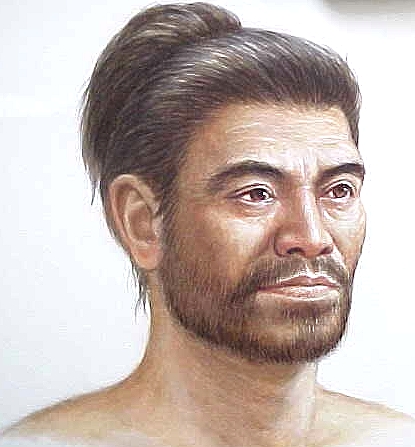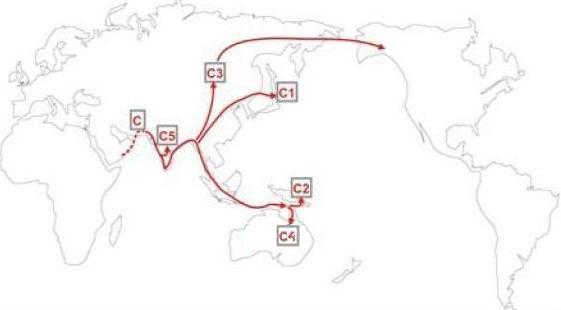Yamaguchi Bin Skeletal Morphology of the Jomon People// International Symposium on Japanese as a member of the Asian and Pacific population /Ed. Hanihara K. September 25 – 29 1990, Kyoto
Ямагути Бин Скелетная морфология людей Дзёмон
с. 53
Abstract
The Jomon people were different from modern Japanese with many distinctive skeletal characters, such as prominent glabella and nasal bones, broad and low face, edge-to-edge bite, long disctal limb segments, flat tibial shaft and so on. Most of these characteristics are shared by the modern Ainu in Hokkaido. The modern Japanese, on the other hand, share theirs characteristic features, such as flat frontnasal profile, prohecting upper incisors, relatively short distal limb segments, and so on, with the Mongoloid peoples in the Asiatic mainland.
Drastic physical changes occured to the Japanese inhabitants during the Yayoi and Kofun periods under strong genetic and cultural influences of the immigrants from the mainland who introduced agriculture and other technology to these islands. The influences spread rapidly over Honshu but slowed down as they went to the north, thus allowing tthe Ainu to retain physical characters of the native Jomon population.
The Jomon-Ainu cluster is quite isolated morphologically among the Neolithic and later populations in East Asia. They share many archaic characters with the Upper-Palaeolithic population in Eurasia. Among the fossil sapiens remains from East Asia, the Liujiang skull from South China and Minatogawa skull I from Okinawa are relatively close to the Jomon, while the Zhoukoudian Upper Cave series from Beijing is rather remote.






